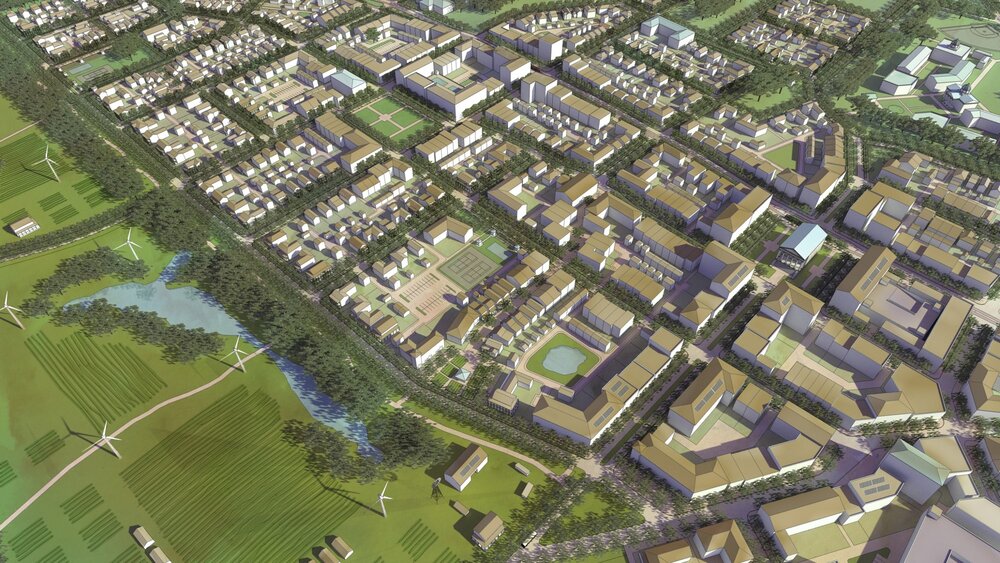When we talk about neighborhoods – either in relation to the property market or in relation to anything else – we are always talking about two distinct things. A neighborhood is of course a specific area, a range of dwellings that exist in the same geographical space. But a neighborhood is also defined by the people who inhabit it – the neighbors. Thus, if you are looking to buy or sell in an urban neighborhood, a proper assessment must begin from an understanding of the neighborhood as both a physical space and a community.
City Home Collective, a real estate brokerage out of Salt Lake City specializing in luxury urban properties, say that any given property market is always incredibly dynamic, a veritable economy of different factors which all ultimately contribute to house prices. Accordingly, you are going to need the expertise of a quality real estate agent in order to properly appraise a neighborhood.
A Good Urban Neighborhood
So, what does this two-fold approach to neighborhood property valuation actually look like. The most important thing to note is that approaching the valuation in this way is the responsibility of the real estate agent. If they don’t do it to your satisfaction, then you should get another realtor. A good brokerage must combine an intimate knowledge of the neighborhood and the local housing market with the energy and resources to do what needs to be done.
Neighborhood factors that affect house prices can be broken down pretty successfully (see list below) and there are many which are specific to urban environments. They are both physical and human factors.
Signs of a Good Urban Neighborhood
So, to keep things positive, here follows the indicators of a good urban neighborhood. When your realtor is advising you on an urban neighborhood, make sure these factors are included in their assessment.This post is sponsored by our partners Wigs
Caring Neighbors
When it comes to the human influence on house prices, the best neighborhoods are peopled by neighbors who care about the area and who look after it. This is something intimately related to the physical space. Generally, in good neighborhoods people will not abuse the space. For example, even if there is an empty lot next to a property (generally a bad thing) it will not accumulate smelly trash and will not be used as a dumping ground.
A Strong Community
Moving on from neighbors who care for the area to neighbors that care for the people living there, what is also good for prices is a powerful sense of community. This means that neighbors living in proximity to a property, for example, will be respectful of the people living in it. This means little noise after a certain time, a certain degree of interaction between neighbors, and several community projects which draw people from around the neighborhood.
A Mixture of Land Uses
Moving onto the physical aspects, another thing that will boost the value of properties in an area is a good variety of land uses. Humans have diverse needs, and a neighborhood that is purely residential or, on the other side, one that is dominated by a particular industrial or commercial institution and which sees residential properties play a very secondary part, are rarely the most valuable neighborhoods. Instead, a good urban area should have streets, parks, residential properties, commercial properties, and amenities.
All these factors are what is known as “external obsolescence” or, in other words, the things external to a property that you have very limited control over. Nevertheless, in the spirit of a strong community, a neighborhood can always be changed by the people who move into it.


